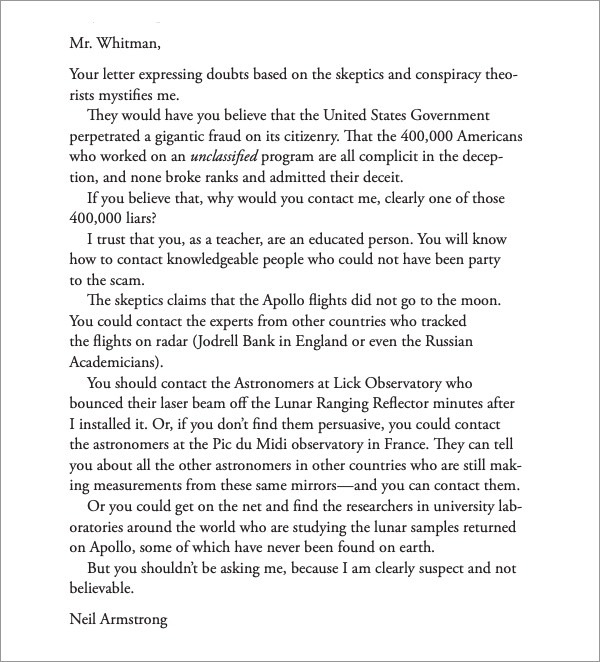Why does Martin Amis writes sentences well? As a novelist, he naturally has a high degree of professional interest in the matter. But why does he write sentences so well? One might put forth the influence of his father Kingsley Amis, author of Lucky Jim, an enduring contender for the title of the funniest novel in the English language. But given how seldom one acclaimed novelist sires another — an event, in fact, nearly unheard of — the heritability of literary talent remains unknowable. As for the direct influence of Amis père on Amis fils, we can almost entirely rule it out: not only did Kingsley never encourage Martin to follow in his footsteps, only once did he offer any kind of writerly advice.
“We sat in high-bourgeois splendor, my father and I,” writes the younger Amis in his memoir Experience, “having a pre-lunch drink and talking about his first published story, ‘The Sacred Rhino of Uganda’ (1932: he was ten).” The father-son dialogue runs as follows:
— It was awful in all the usual ways. And full of false quantities. Things like: ‘Raging and cursing in the blazing heat …’
— What’s wrong with that? I mean I can see it’s old fashioned …
— You can’t have three ings like that.
— Can’t you?
— No. It would have to be: ‘Raging and cursing in the … intolerable heat.’
You couldn’t have three ings like that. And sometimes you couldn’t even have two. The same went for -ics, -ives, -lys and -tions. And the same went for all prefixes too.
43 years later, Martin Amis would find himself in the role of literary advice-giver, delivering his father’s principle of writing onstage at the Chicago Humanities Festival. The process of imbuing every sentence with “minimum elegance and euphony,” he says in the clip above (drawn from a longer interview viewable here) involves “saying the sentence, subvocalizing it in your head until there’s nothing wrong with it. This means not repeating in the same sentence suffixes and prefix. If you’ve got a confound, you can’t have a conform. If you’ve got invitation, you can’t have execution. You can’t repeat those, or an -ing, or a -ness: all that has to be one per sentence. I think the prose will give a sort of pleasure without you being able to tell why.”
Clearly writing a sentence that has “nothing wrong with it” goes well beyond adhering to the rules of spelling and grammar. And even after you’ve eliminated all ungainly repetition, you may still have considerable work to do before the sentence rises to a standard worth upholding. There are other questions to ask: do you, for example, truly possess each and every one of the words you’ve used, not just in meaning but sound and rhythm? In order to do so, Amis recommends acquainting yourself more intimately with the dictionary and thesaurus. If all this makes the task of the aspiring writer sound needlessly daunting, follow instead the much simpler advice Amis provides in the clip just above: “Get to the end of the novel, then worry, because you’ve got something in front of you that you can work on. Save the anxiety for the end.”
Related Content:
Martin Amis Explains How to Use a Thesaurus to Actually Improve Your Writing
Norman Mailer & Martin Amis, No Strangers to Controversy, Talk in 1991
Writing Tips by Henry Miller, Elmore Leonard, Margaret Atwood, Neil Gaiman & George Orwell
V.S. Naipaul Creates a List of 7 Rules for Beginning Writers
Nietzsche’s 10 Rules for Writing with Style (1882)
Based in Seoul, Colin Marshall writes and broadcasts on cities, language, and culture. His projects include the book The Stateless City: a Walk through 21st-Century Los Angeles and the video series The City in Cinema. Follow him on Twitter at @colinmarshall, on Facebook, or on Instagram.









